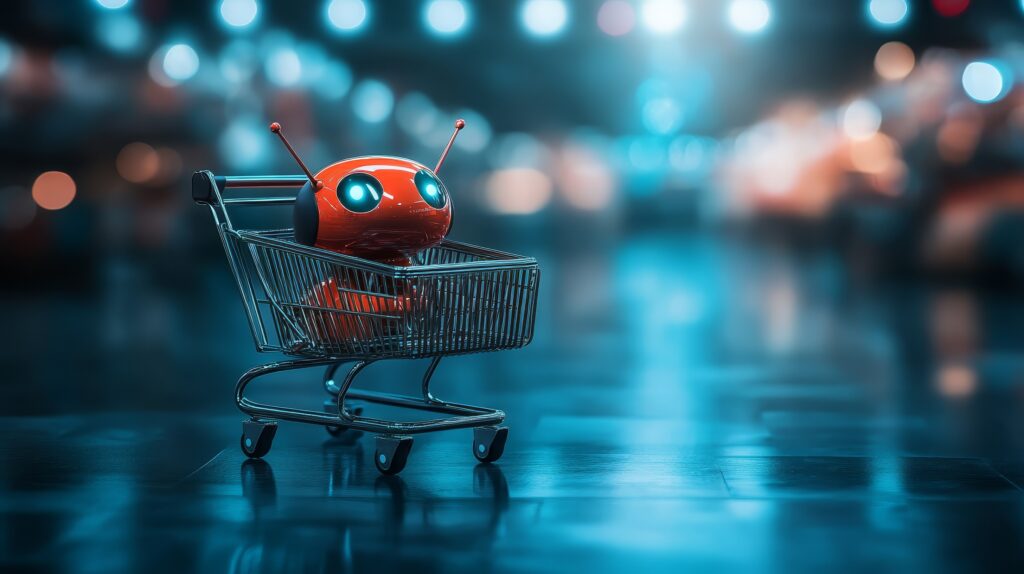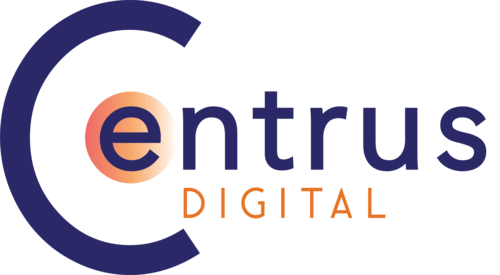
How AI is Reshaping The Customer’s Journey (and Where Your Product Fits In)
As someone who has navigated the trenches of e-commerce, from selling countless K-Cup coffees to consulting for diverse online businesses, I’ve witnessed firsthand how the digital customer journey constantly evolves. Today, with the rise of AI as an “answer engine,” we’re standing at the precipice of another fundamental shift, particularly in how customers discover and decide to buy.
Understanding this evolution is critical, and it starts with recognizing that not all customers (or products) begin their journey in the same place.
The E-commerce Journey: From Discovery to Purchase
The consumer’s path to purchase typically flows through three distinct stages:
- Top of Funnel (ToFu) – Discovery: This is where the journey begins, often with a broad need or question. The user’s intent is still unfocused, and they are in the research and exploration phase. Think of a new dog owner realizing they need dog food but having no idea where to start, or someone vaguely contemplating “a gift for a tech enthusiast.” This stage is about learning, exploring options, and defining needs.
- Middle of Funnel (MoFu) – Consideration: As users gather information, their intent becomes clearer. They start comparing and contrasting different options, brands, features, and price points. Our dog owner might now be comparing grain-free versus grain-inclusive foods, or specific brands known for sensitive stomachs. This is a critical decision-making phase where they weigh pros and cons.
- Bottom of Funnel (BoFu) – High-Intent: This is the culmination of the journey, the point of high intent where the user is ready to make a purchase. They know what they want and are actively seeking the best place to buy it. Our dog owner has decided on a specific brand and type of food and is now looking for the best deal or fastest delivery.
The Established Players: Amazon & Google in the Funnel
In the traditional landscape, platforms have carved out their niches:
- Amazon: The Bottom-of-Funnel Dominator. Amazon has established itself as the undisputed champion of the Bottom of Funnel. When a customer knows exactly what they want – be it a specific brand of K-Cups or a new gadget – their journey often starts and ends on Amazon. Why? Because Amazon excels at fulfilling high-intent searches with unparalleled efficiency: vast selection, competitive pricing, unrivaled logistics, and a seamless, trusted checkout experience. While Amazon is dabbling in AI-driven discovery, its core strength remains the final, transactional stage.
- Google: The Ubiquitous Influencer (But Not Always the “Key”). Google, through its search engine, has historically influenced all three stages of the funnel. From answering broad “Discovery” questions to providing detailed “Consideration” comparisons, and finally presenting Product Listing Ads (PLAs) for “High-Intent” searches. Google is the initial gateway to information, but it traditionally acts more as a redirector. It sends users to websites or to marketplaces. While incredibly powerful for traffic generation, it hasn’t historically owned the transaction itself, particularly not the direct, instant checkout that Amazon perfected. It’s the starting line and the guide, but rarely the finish line.
Shopify’s Role: A BoFu Powerhouse with Full-Funnel Potential
Where does a platform like Shopify fit in? Shopify’s core design and functionality are primarily optimized for the Bottom of the Funnel (BoFu) shopper. Its world-class checkout, intuitive product pages, and trust signals are all about converting a high-intent visitor into a customer as quickly and efficiently as possible. It’s a frictionless engine for closing the sale.
However, Shopify’s true power lies in its expansive ecosystem. Through its native marketing tools and vast App Store, it provides merchants with the capabilities to:
- Drive Discovery (ToFu): Built-in blog features for content marketing, and seamless integrations with social selling platforms (Facebook, Instagram, TikTok) for reaching users where they spend their time.
- Nurture Consideration (MoFu): Email automation apps, AI-powered product recommendation tools, and robust analytics help guide users towards a decision.
So, while Shopify starts strong at the bottom, it provides a comprehensive toolkit to address the entire customer journey.
The AI Revolution: Seizing Discovery and Driving Direct Purchase
This is where AI, particularly in its form as an “answer engine” (like advanced ChatGPT features), is set to fundamentally reshape the game.
AI’s Opportunity to Dominate Discovery: AI is uniquely positioned to excel at the Top of Funnel (Discovery) phase. Instead of users sifting through search results, an AI can:
- Understand Nuance: A natural language query like, “I need a durable, lightweight backpack for day hikes, under $100,” is perfectly suited for AI.
- Educate & Curate: The AI can explain features, compare options, and provide tailored recommendations based on context, much like a knowledgeable sales assistant. For our new dog owner, an AI could ask about breed, age, and activity level to recommend the perfect food.
- Simplify Complexity: It cuts through the overwhelming amount of information online, offering a streamlined, personalized path to understanding.
From Discovery to Direct Purchase (Bypassing Consideration): The true game-changer, however, is AI’s ability to collapse the funnel by moving directly from Discovery to a high-intent buying phase. With “Instant Checkout” features (as seen with ChatGPT’s Etsy integration), the AI can:
- Eliminate Friction: Once a product recommendation is accepted, the AI can facilitate a direct, one-click purchase without the user ever leaving the conversational interface.
- Personalized Recommendation as Conversion: The AI’s recommendation becomes the conversion point, potentially skipping the traditional step of navigating to a separate e-commerce site for comparison.
Where Does Your Customer Journey Begin? A Practical Guide to Your Product’s Starting Line
To truly thrive in this evolving landscape, you must first accurately identify where your customers typically begin their journey for your specific product. You can’t fight against natural customer behavior.
1. The High-Intent Shopper (Bottom of Funnel Focused)
- Your Product Type: Well-known, commoditized, specific brand/model (e.g., brand-name batteries, a specific model of K-Cup, a popular smartphone). The customer knows what they want and seeks the best price/deal/speed.
- Your Strategy: Focus on efficiency and presence. Dominate search results with Google PLAs, optimize for Amazon’s Buy Box, ensure near-instant website load times, and a frictionless checkout. Product pages should be clean and concise, highlighting price and delivery.
2. The Explorer (Top of Funnel Focused)
- Your Product Type: Innovative, new-to-market, or a unique solution to a problem the customer might not realize they have (e.g., a smart home gadget, a specialized ergonomic office tool, or our new dog owner needing dog food). They have a problem but don’t yet know your product is the answer.
- Your Strategy: Focus on education and engagement. Become the “answer engine” for their questions. Create content (blogs, videos, AI-digestible FAQs) that solves problems related to your product. Utilize social selling and build communities. Explore how to get your product featured in AI-driven discovery platforms.
3. The Researcher (Middle of Funnel Focused)
- Your Product Type: High-ticket, complex, or specialized items (e.g., B2B software, high-end electronics, bespoke furniture, specialized industrial equipment). The customer is making a significant investment and needs to be completely confident.
- Your Strategy: Focus on authority and trust. Develop robust comparison content (charts, case studies, explainer videos). Leverage detailed customer testimonials, expert reviews, and certifications. Implement AI-driven quizzes or configurators to provide personalized guidance and build confidence.
The Future of E-commerce is Personalized & Contextual
The AI revolution isn’t just about faster checkout; it’s about fundamentally changing how customers discover and decide. Businesses that adapt to this, by correctly identifying their product’s starting line and strategically engaging with AI as a new discovery and purchase channel, will be best positioned for success.
Are you ready to engage with the answer engine and redefine your customer journey?
Note, this article was written with the help of Google’s AI tool. It’s great for grammar and organization, which is very helpful. However, at the core is our out-of-the-box research and my real-world experience. If you’re interested in exploring how AI is transforming e-commerce strategies for your business, click the link…Book Time Online
